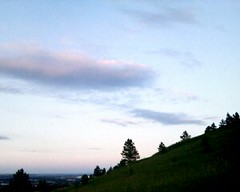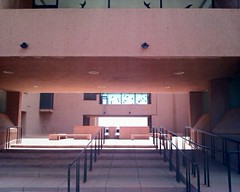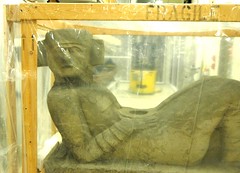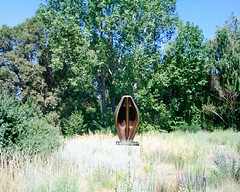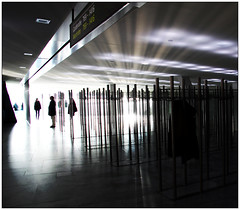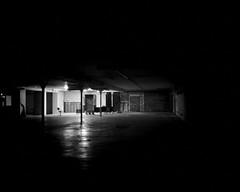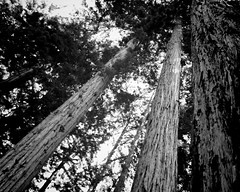
Once when mowing I had a sudden image of a first-grade classmate, Drucilla, someone I did not know especially well and had not thought of, ever, for more than 55 years. For reasons I cannot explain, it was accompanied by sadness. Another time I was struck by a fully-formed interpretation of a movie my wife and I had watched two nights previously. It did not take shape; it came to me fully shaped. Yet another time I had an abrupt, powerfully moving image of my grandmother making ravioli, speaking in soft Italian, with 10-year-old me standing beside her on a step stool, watching her crack eggs into a crater centered in a pile of flour. Yet another time Frank Sinatra singing “Witchcraft” sprang to mind. I heard it; my body fell into the rhythm of it. Where does this all come from, and why? ... All I know is that a gated mental enclave briefly opened for a showing, that something, some connection, was occurring among my brain’s 100 billion neurons, each, like grass, part of a dense root structure, each entangled with the tendrils of other neurons.
It spooks me that the syntax of our minds is so complex, so capable of recursivity. It spooks me that the texture of our mental experience is so embodied, that our bodies and minds greet each other in mutual recognition and do not, as Descartes would have it, pass each other with an indifferent look. It didn’t spook Emerson, though; he knew that “under every deep, another deep opens.” All I know is that, sometimes, while cutting grass, what Seamus Heaney calls “the music of what happens” happens. I am in time, on the beat. My “I” meets my “me.” We have a beer afterward. Maybe two.
Jerry DeNuccio in The Metaphysics of Cutting Grass, The Smart Set

